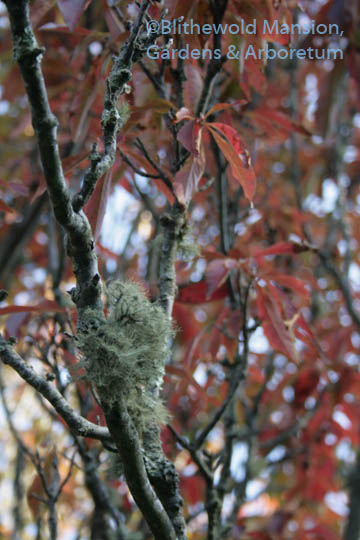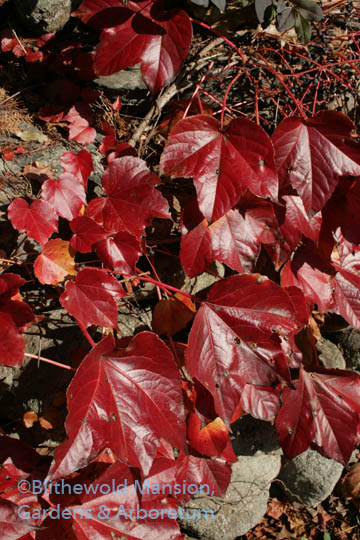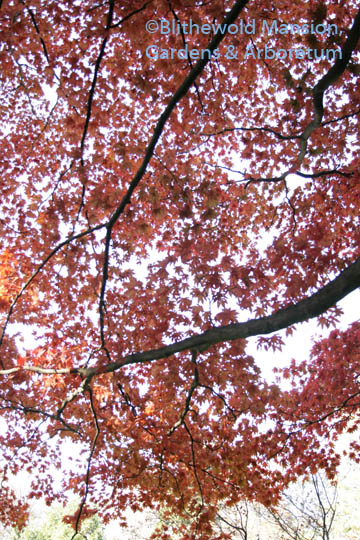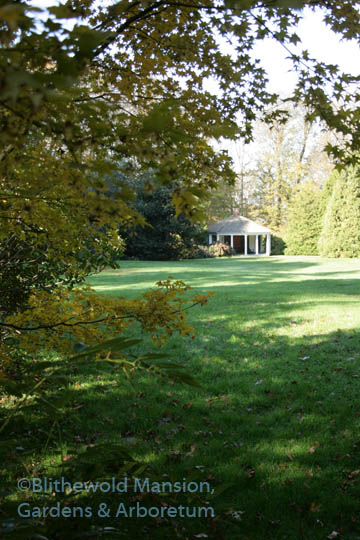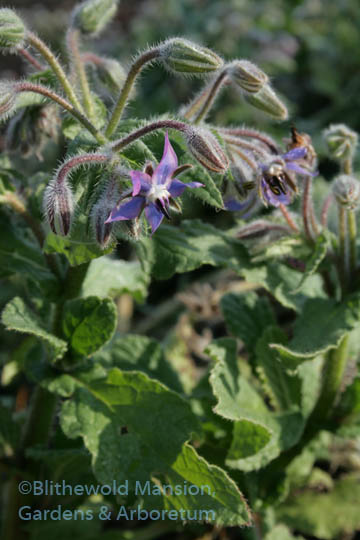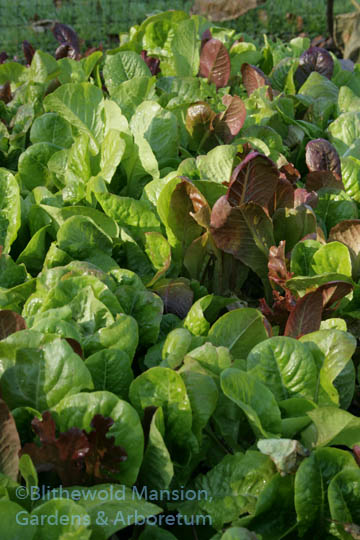Indian summer
It’s almost 70 degrees outside, the air is feather-soft, the sky is blue-blue and the sun has that golden, get-under-your-eyelids slant. It’s the kind of day that absolutely insists that we get outside. We should be looking for fall color and reindeer moss, or sitting back against a warm wall with our eyes closed, or propping up fallen seedheads…
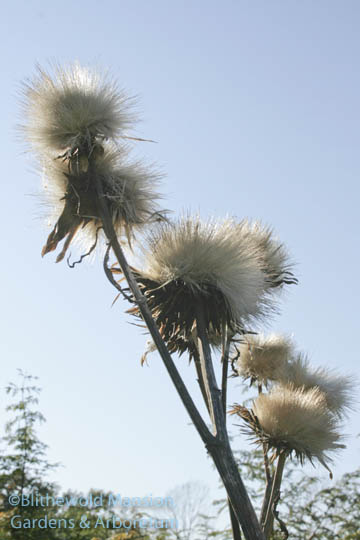 I had to look up Indian summer to see if this would officially qualify and it must. The definitions say that it’s that spell of warm weather after frost and right before the ground freezes solid and snow covers everything. It’s also the thaw that comes later in the winter – January or February – that feels so much like spring. Perfect time for an Indian raid evidently, which explains the name. According to Wikipedia, other countries call it things like “Old Ladies’ Summer”, “Little summer of the quince”, “Golden October”; and “a tiger in autumn”. (I have to say, I like those names better.)
I had to look up Indian summer to see if this would officially qualify and it must. The definitions say that it’s that spell of warm weather after frost and right before the ground freezes solid and snow covers everything. It’s also the thaw that comes later in the winter – January or February – that feels so much like spring. Perfect time for an Indian raid evidently, which explains the name. According to Wikipedia, other countries call it things like “Old Ladies’ Summer”, “Little summer of the quince”, “Golden October”; and “a tiger in autumn”. (I have to say, I like those names better.)
We’ve had frost – we even had a dusting of snow – but it hasn’t been cold enough to do absolutely everything in (maybe because of this Old Ladies’ summer we’re having.) It’s been interesting to note the survivors particularly among the annuals. The lettuce in the raised bed is perky as ever; borage is fine and so is most of the nicotiana, agastache, and the salvias. What Dahlias were left in the ground went not in the snow surprisingly, but over a cold night a couple of days after that. Unfortunately we had to take most of the other annuals out – particularly in the cutting garden and North Garden – and I would have liked to see which were the ones made of tougher stuff. Some of my neighbors still have zinnias blooming… What annuals survive the first frosts in your garden?
I hope you’re outside right now (if you’re having this perfectly lovely Indian summer too) taking the opportunity to futz in the garden, lie back in the chaise, or collect bouquets of leaves. Come to think of it, what the heck am I doing still sitting in front of this comput—

